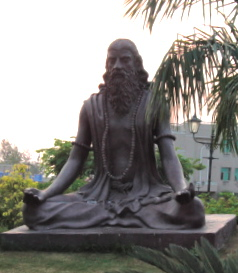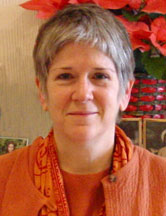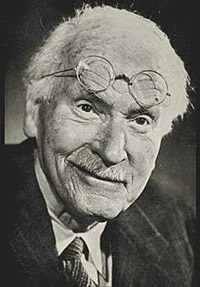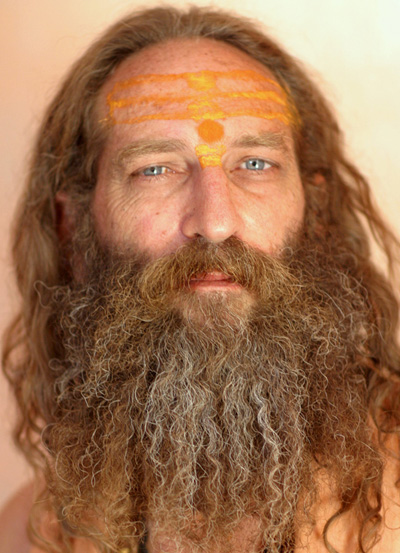From a newsletter by Joan Harrigan at Patanjali Kundalini Yoga Care.
“Nonetheless, we will expand the descriptions of advanced process in the book, and I can say a few things here, if only to define the terms we use to talk about Upper and Advanced process, which happen after Makara and after Bindu. Here is a brief overview:
Enlightenment. When lower mind (manas) becomes sattvic enough, having purged a lot of the impressions (vasanas) from past lives, it is calm, still, and clear, and we can more easily catch the gap between thoughts. Then the lower mind does not disturb or shade the higher mind (Buddhi). With the mind stuff so reduced, Buddhi no longer reflects the Light of Pure Consciousness off itself but is able at last to receive and absorb it. When the higher mind can receive the Light, it can be said to be enlightened.
Self-realization. The state of enlightenment expands, and as the mind becomes less and less, Light awareness becomes more and more. Then one realizes (knows, experiences) that one is the Self, the One, and not any phenomenal manifestation, however subtle it may be. This is Self-realization.
Pinnacle. When Shakti, who has absorbed all her subtle instruments, merges into Bindu, there is only One. This first total union is called Pinnacle. Reaching it is a once only experience, like the release from Muladhara and getting to Makara. Either you’ve done it or you haven’t. It is preceded by the “Little Death.”
Plateau. Once Shakti has reached Bindu, she goes back to a residing place of her choice, but she wants to return to Oneness often and extend her stay. So she clears her way there by repeated visits, making her commute easier and faster and her stay longer. This is Plateau. Here, the subtle remnants of past life impressions are erased. “Deathless Death” is repeated here and expands.
Omega. When Shakti is at last able to stay in Oneness, Turiya, while also being aware in waking, dreaming, and deep sleep states whether inwardly or outwardly engaged, this is Omega, the end of process. Then one is a Jivan Mukta. By then, even this great experience seems perfectly natural and perhaps even rather unremarkable. There is simply a deep abiding peace, a constant awareness or presence, and an ever-expanding consciousness. All states are experienced at once along with Oneness. It cannot be described.”




 Posted by Kiwi Yogi
Posted by Kiwi Yogi  My understanding of spiritual development changed significantly after consulting with
My understanding of spiritual development changed significantly after consulting with 

